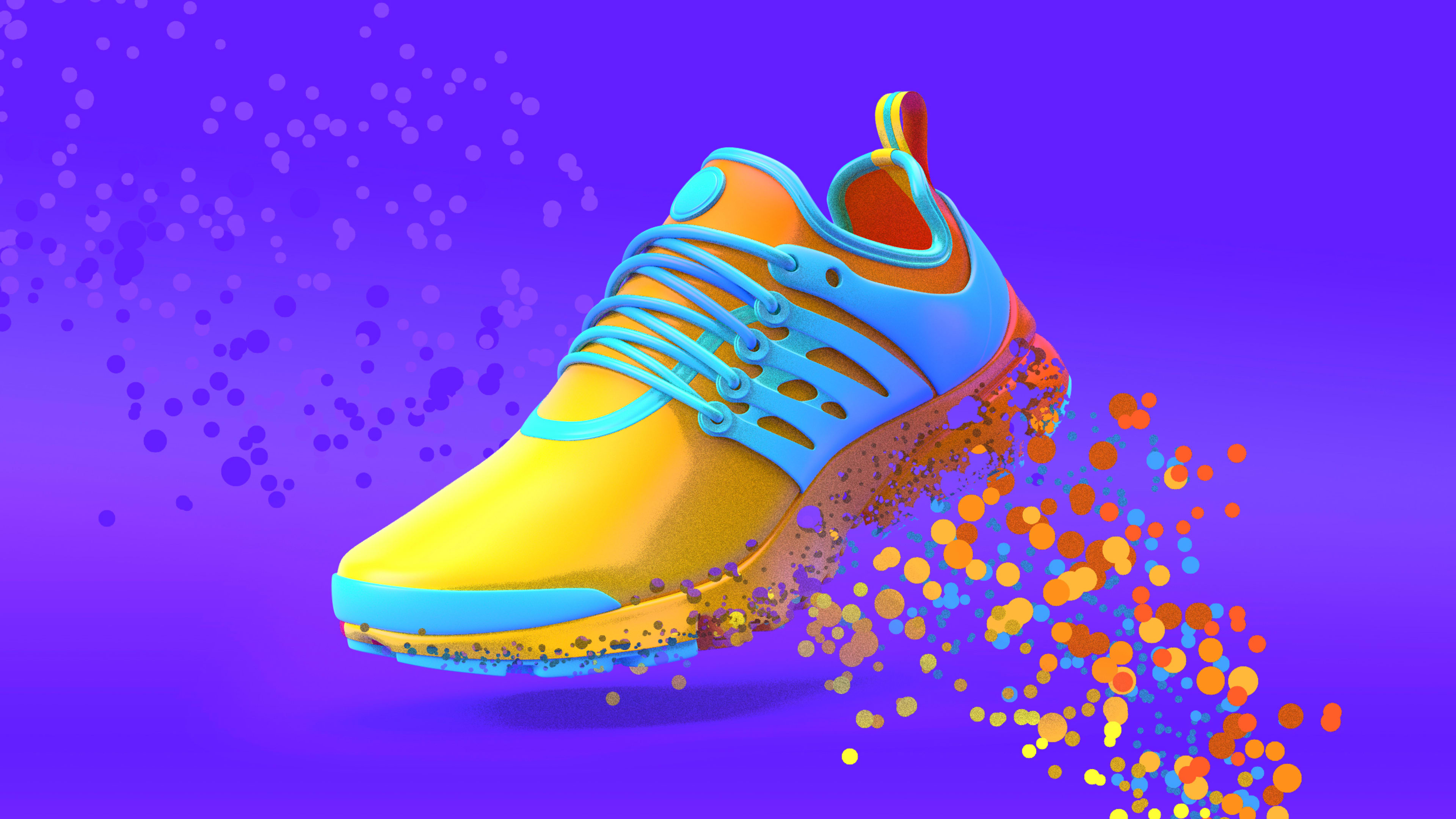Polyurethane—the ubiquitous industrial polymer used in things such as running shoes, sofa cushions, and insulation—can’t easily be recycled, so it usually ends up in landfills or is burned in incinerators, a process that can release toxic byproducts. But the discovery of a type of bacterium that can eat the foam could make it easier to use the material in a closed loop.
Scientists at Germany’s UFZ-Helmholtz Centre for Environmental Research discovered the bacterium, a strain of Pseudomonas, at a landfill where polyurethane had been dumped. In the lab, the researchers tested feeding the bacterium components of the foam and discovered that it could survive on the material—including toxic additives—as its sole source of carbon, nitrogen, and energy.
It’s an important discovery, says James Hallinan, who works at Cambridge Consultants, a company that wasn’t involved with the research, but which uses synthetic biology to work on related technology, including replicating an enzyme from organisms that have evolved to digest PET, the most widely produced plastic in the world. Polyurethane is made at a smaller scale, but even more in need of biological help, arguably, since it can’t be melted and recycled like PET. “It won’t remelt—it just burns,” he says. “It’s a big problem in landfills, and recycling generally isn’t an option for polyurethane.” (Cambridge Consultants is working on a bio-based foam as an alternative; Bloom, a company that turns algae into foam, is also trying to develop a version of its material that could be compostable or recyclable.)
The newly discovered bacteria can’t fully break down foam: The long polymers in the material first have to be broken down enough for them to eat. Then the bacteria can chew through the smaller sections. Right now, it still takes chemicals to get the polyurethane ready for the bacteria, but “a biology-based solution to that first step in the process might also be conceivable,” Hallinan says. As with the enzyme that Cambridge Consultants is developing for use with PET, the enzyme from the new bacterium can be used separately from the bacterium itself, and potentially tweaked to work more effectively.
It could take a decade before the technology is available at a large scale. When it does come to market, recycling centers might potentially have vats of enzymes where polyurethane can be dumped and processed. That may also require changes in how products are designed, so “at the end of their life cycle, it’s simpler for them to be put into those different recycling environments or to recapture the different components,” Hallinan says. “Product design is increasingly incorporating what happens at the end of the life. And consumers are demanding that as well. They want to know that they’re not going to be contributing to unrecyclable landfill when they dispose of this product that they’re buying right now.”
Recognize your brand’s excellence by applying to this year’s Brands That Matter Awards before the early-rate deadline, May 3.
